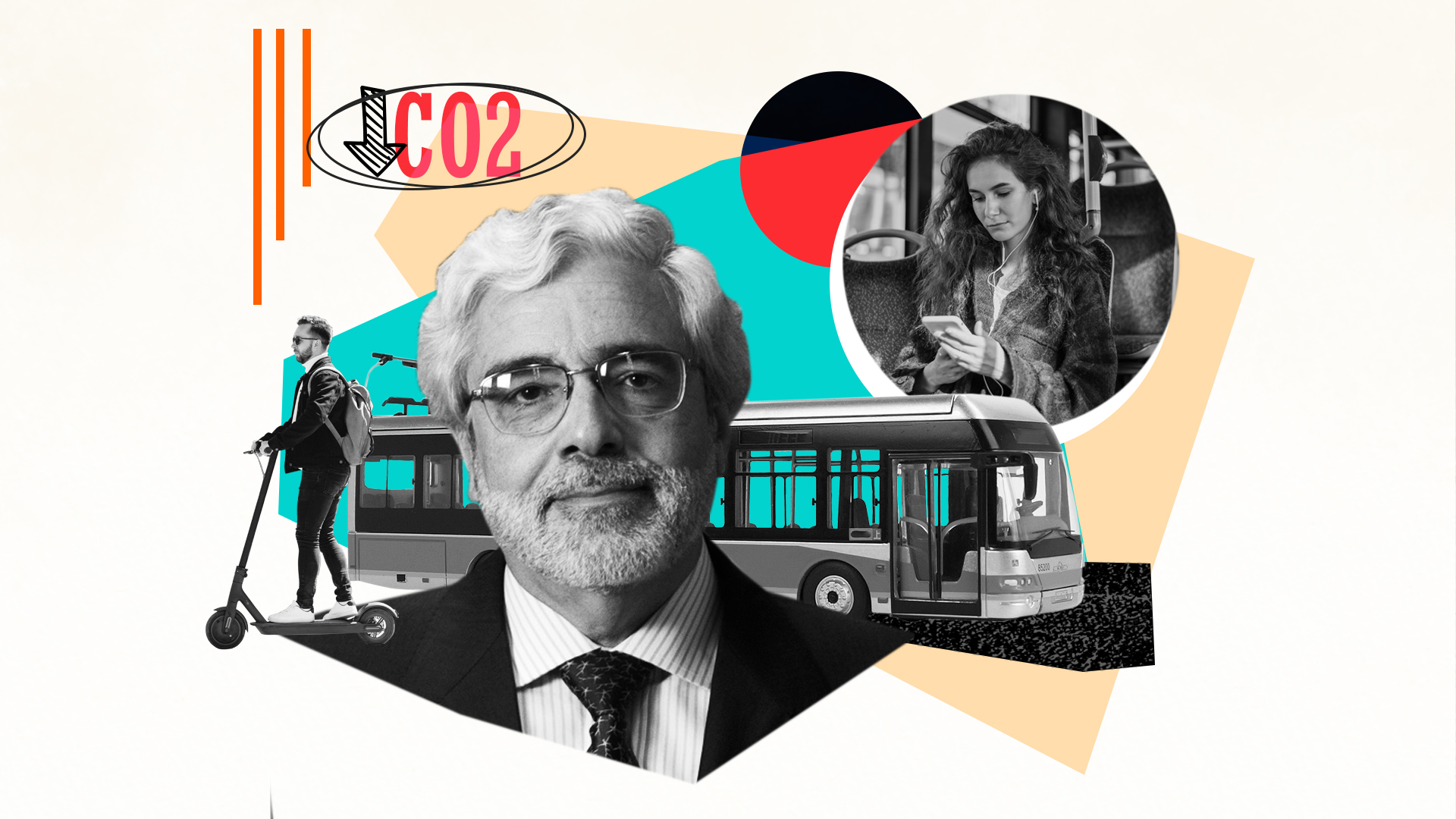In the near future Pechito López could be the champion not only of the traditional 24 hours of Le Mans in France but of a clean energy car competition. It seems like an illogical statement but it is not. Sustainable transport, in certain aspects, is already a fact. The direction in this sense is inexorable, although there is still less global planning than isolated efforts, as is the case of the Formula E championship, which was inaugurated seven years ago and which is until now the only sport that since its foundation includes the net zero carbon certificate and whose teams have committed to combating the climate crisis by accelerating the implementation of electric vehicles.
In Buenos Aires, in the midst of a pandemic, many people decided to travel by bicycle along the bike paths that exist in the city. The need to develop sustainable transport based, on the one hand, on sustainable energy and, on the other, on a more intelligent organization of cities and the movement of people around them ―which in turn has repercussions on better quality of life and security of citizens― was imposed with more force with the experience without borders that COVID-19 brought.
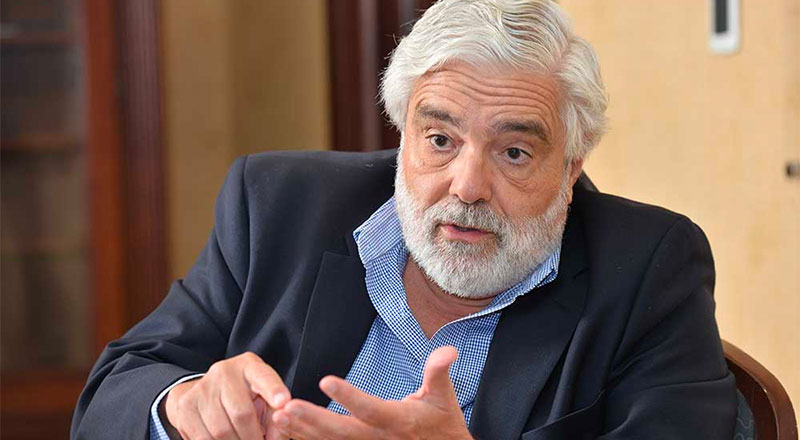
“Sustainable transportation involves three different fronts,” explains Roberto Agosta, a specialist in economics and transportation planning and a professor at the UCA, among other universities, as well as a member of the Transportation Institute of the National Academy of Engineering and various scientific societies. "For now, it refers to a better organization of cities; then, to favor modes of transport that are more environmentally friendly and, lastly, to make current transport technologies more efficient and sustainable. That is where the use of electric traction as opposed to a combustion engine, for example", he specifies.
2030 Agenda
Means of transport are, it is vox populi, highly polluting and responsible for a quarter of greenhouse gas emissions. Combustion engines - which are used by the majority - are one of the main causes of poor air quality in urban areas and can contribute to worsening respiratory diseases, including asthma.
In its quest to reverse this imminent habitat destruction, the United Nations (UN) will hold the Second World Conference on Sustainable Transport, which will take place from October 14 to 16, 2021 in Beijing, China. It will study the possibilities, challenges and solutions to achieve sustainable transport and ways to achieve the objectives of the 2030 Agenda for sustainable development and the Paris Agreement on climate change.
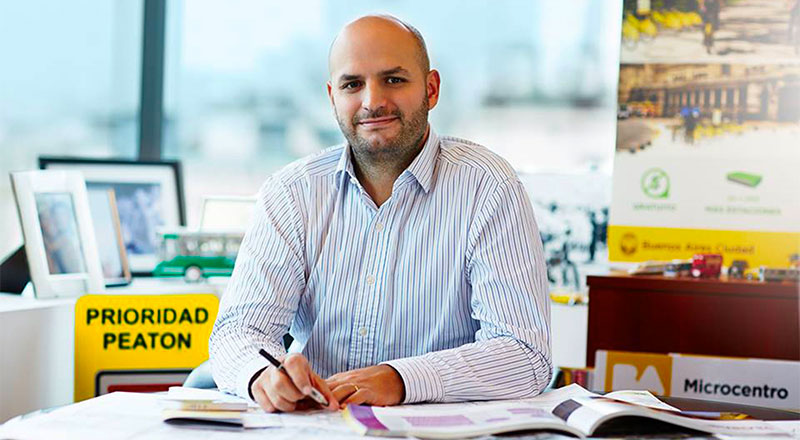
On this occasion, all modes of transportation —road, rail, air and sea— will be analyzed, as well as the most recent scientific and technological advances in the sector. The idea of the UN is, between now and 2030, to promote access to safe, accessible and sustainable transport systems for all and to improve road safety, especially through the expansion of the public transport network and paying special attention to the needs of people in vulnerable situations, that is, women, children, people with disabilities and the elderly.
For Olof Persson, sustainable transport advisor to the United Nations Secretary General, “we need to ensure that sustainable transport and its solutions are on the global agenda so that countries recognize that it is a problem that needs urgent action. In the coming years, the demand for transportation will grow, and technology is there with its solutions to do it in a sustainable way.”
Within the 2030 Agenda, goals on transportation intersect with several others, particularly those related to food security, health, energy, economic growth, infrastructure, cities and human settlements. On the other hand, its impact on climate deterioration is even more significant if one takes into account that global emissions of greenhouse gases from transport are expected to grow substantially in the coming years, above the current 25 percent.
The event in Beijing, which follows the First Conference on Sustainable Transport also organized by the UN five years ago in Turkmenistan, seeks to plan and develop transport systems that boost economic growth, reduce inequalities and improve the environment. The busy agenda of activities reflects the diversity and complexity of the world of transport and offers an opportunity to forge partnerships and initiatives that promote sustainable solutions.
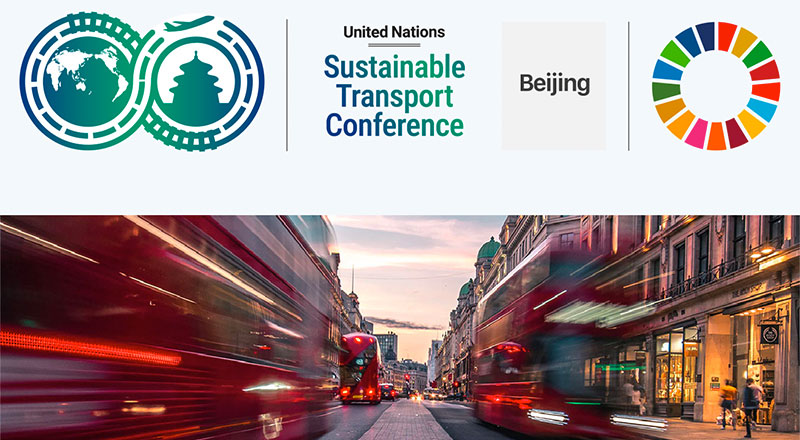
An opportunity in Latin America
“Demography forces cities in Latin America and the Caribbean to adopt efforts that promote smart urban growth,” stated the International Finance Corporation (IFC) in this article dated October 2018. And it adds: “The region is became the second most urbanized in the world and went from an urbanization rate of 62% in 1980 to one of more than 80% in 2017”. If this trend continues, in 20 years 90% of the region's population will live in cities.
While urban areas are important for investment and economic expansion, many cities in Latin America and the Caribbean have not grown sustainably in recent decades. "Having better transportation options for urban residents can close infrastructure gaps and lead the region towards sustainable urban growth in terms of the environment and the inclusion of all its citizens," they emphasize from the IFC. And it is precisely in this context that sustainable transport can drive the future of Latin America, if it is part of initiatives that aim to create more inclusive and safer cities.
In relation to the City of Buenos Aires, the IFC became a strategic partner by granting it a loan to finance infrastructure such as the Metrobús and bicycle lanes. "What has been done most in Argentina in the last - let's say - twenty years is to promote the use of bicycles and public transport, for which important investments were made, although not all that should have been made," says Agosta . “Essentially thinking of the Metropolitan Area of Buenos Aires, what is called the use of active modes of transportation (such as bicycles and scooters) was favored, but, above all, progress was made in terms of people's conscience”, he adds.
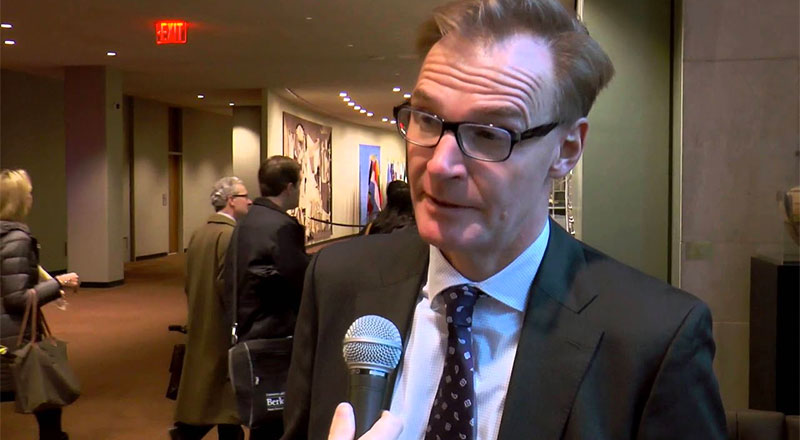
“We set ourselves the goal of changing the focus: from a city centered on cars to one centered on people and more respectful of the environment, structured around sustainable mobility and rescuing public spaces for pedestrians and cyclists ”, said Juan José Méndez, Secretary of Transportation and Public Works of the City of Buenos Aires, in the Global Cities Initiatives talk series organized by Georgetown University in 2020. < /p>
“Between 2009 and 2019, 250 kilometers of bicycle lanes were built in the city and bicycle stations were also made available to neighbors for free use for half an hour, so that people would take courage and be encouraged to incorporate the bicycle into their routine," he said. The idea was, in addition to changing the residents' perception of how to get around in their own city, to introduce the bicycle as an alternative means of traveling short distances, since until now people had only used it for recreation." "Thus, it managed to go from 0.4% to 4% of trips made by bicycle", he concluded.
15 minute metropolis
“One of the solutions, which is partly where the City of Buenos Aires is pointing, is to go to the 15-minute metropolises,” says Hugo Torres in El Economista on August 13. "Generate more urban centers, leading to lower use of public transport and multiplying development opportunities for all", he specifies.
“Of the three pillars on which sustainable transport is based, the organization of cities is probably the most important aspect in the long term”, emphasizes Agosta in the same sense. “Making the city more efficient for transportation implies an urban organization that requires less movement on the part of its inhabitants, basically by offering them housing, offices and shops in the same area”, he deepens. And he gives the example of a city that is created around a railway station or a subway, that is, a means of mass transportation.
“This type of operation in a city is sustainable because many activities can be done on foot or by bicycle and others, those that involve greater distance, using mass transportation”, he explains. "The San Isidro area has this pattern and Morón is another similar example," he illustrates. "Although they are areas that were built a hundred years ago, this pattern of land use would have to be repeated conceptually throughout the metropolitan area," he suggests.
On the other hand, as mobility to Buenos Aires decreased with the pandemic and the center became depopulated, “now it is necessary to imagine urban policies that allow the downtown to be recovered with the same criteria, generating housing because shops and offices, as well as transport, there is already”, he reflects.
Regarding the Herculean challenge that the pandemic also poses to the city, due to the tendency shown by so many families to want to move away from the center in search of spaces with less population density and greener (called suburbanization), the Secretary of Transportation and Public Works of the City of Buenos Aires describes in its speech in Georgetown how it is responding: “So that people do not have to move, since many people do not even have the option to do so due to economic impossibility, we are creating more parks and public spaces, closing certain avenues at defined times so that they can be used for running, enabling certain streets so that businesses can be set up there and we have also built 17 more kilometers of bike lanes. This is how we intend to offer the neighbor that green and that garden that he so much needs for his recreation ".
***
This article is part of the Soluciones para América Latina, platform, an alliance between INFOBAE and RED/ACCION, and was originally published on August 31, 2021.
You can read this content thanks to hundreds of readers who support our human journalism with their monthly support ✊. Bank an open, participatory and constructive journalism: join as a co-responsible member.

